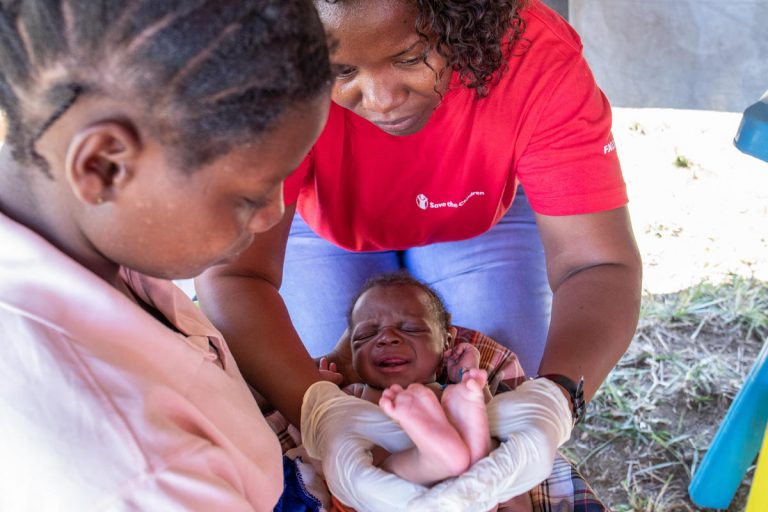By Olive Cocoman
To accelerate progress to reach mortality targets by 2030, it is important that the coverage targets for key aspects of newborn health to achieve Universal Health Coverage and the Sustainable Development Goals are set. In order provide this clear vision to countries, the Every Newborn Management Team, chaired by WHO and UNICEF, have reviewed evidence and data in order to propose newborn coverage targets to achieve by 2025.
The Every Newborn Action Plan (ENAP) was endorsed by 194 countries at the World Health Assembly in 2014 (WHA 67.10).There are now more than 90 countries working to implement the recommendations of the Action Plan, a road map for action to end preventable newborn mortality and preventable stillbirth. With recommendations of what countries can do better to reduce mortality and morbidity and close equity gaps, the Every Newborn Action Plan included the following:
- Newborn mortality & Stillbirth reduction targets by 2030 with progress review in 2020 and 2025
- Coverage targets for universal health coverage by 2030 with progress review in 2020 and 2025
- Country and global milestones or actions by 2020
Since the Every Newborn resolution WHA 67.10 was adopted in 2014, the Sustainable Development Goals and Global Strategy for Women’s, Children’s and Adolescents Health have been developed and endorsed; the newborn mortality target is in both and the stillbirth target is in the Global Strategy. Universal Health Coverage targets also prioritize the importance of the life-course approach and a healthy start. The target year is now clearly 2030, whereas in 2014 we were uncertain between 2030 and 2035, so ENAP included both years. Therefore, no change is needed for the mortality targets, other than leaving out the 2035 one.
Countries are actively implementing the recommendations set out in ENAP and tracking progress. Many countries are making steady progress and more than 78 have set neonatal mortality reduction targets, but there remain crucial challenges. Humanitarian and fragile settings are the most left behind. Stillbirth targets have been set in <30 countries with attention and progress still lacking. New opportunities have arisen with a major focus and innovation for hospital care of small and sick newborns, which is essential to reach the Sustainable Development Goal NMR target of 12, meaning a crucial need for systematic implementation learning between countries. Improving and using routine data to drive coverage and quality is crucial over the next decade.
By setting and ensuring progress to collectively agree coverage targets, we can hold each other to account to end preventable deaths and improve newborn health, the foundation of lifelong health and development. Our hope is that all of us will input to shape these targets and will also work to help accelerate progress.
In the development phase of the original ENAP, an inclusive consultation process was undertaken and this online global consultation on coverage targets for 2020-2025 aims to have the same inclusiveness and transparency. You are invited to voice your preferred coverage targets by completing the online consultation here. A Question Guide is provided to support the completion of the consultation here. The closing date to complete the online consultation is February 28 2020.
